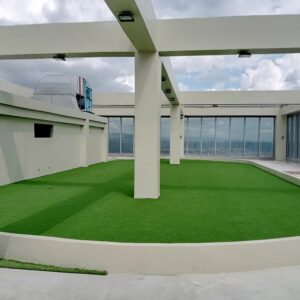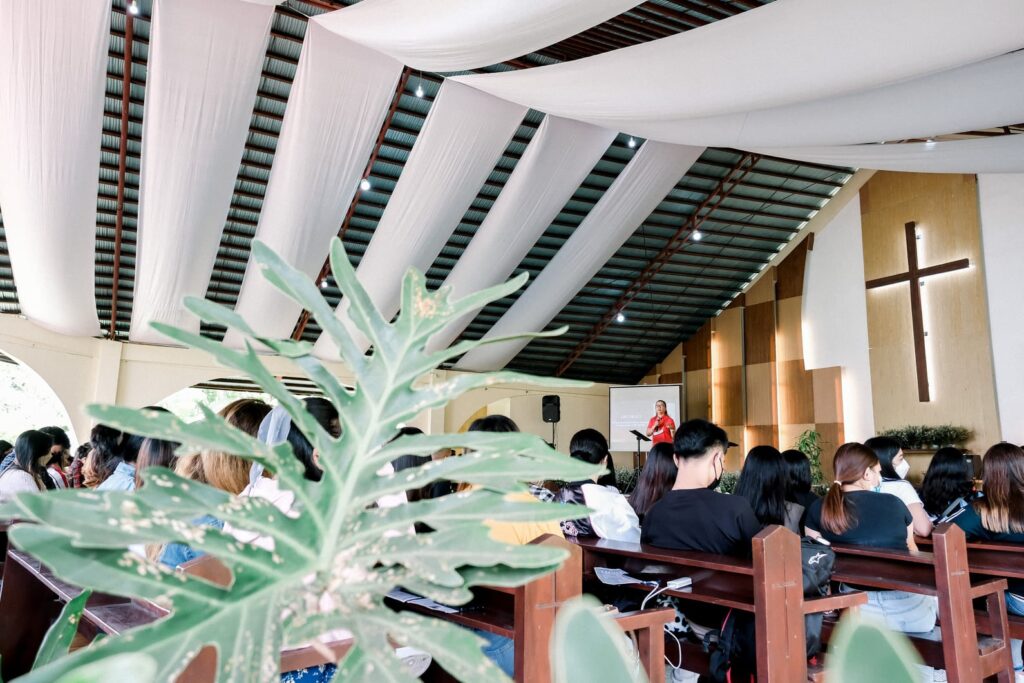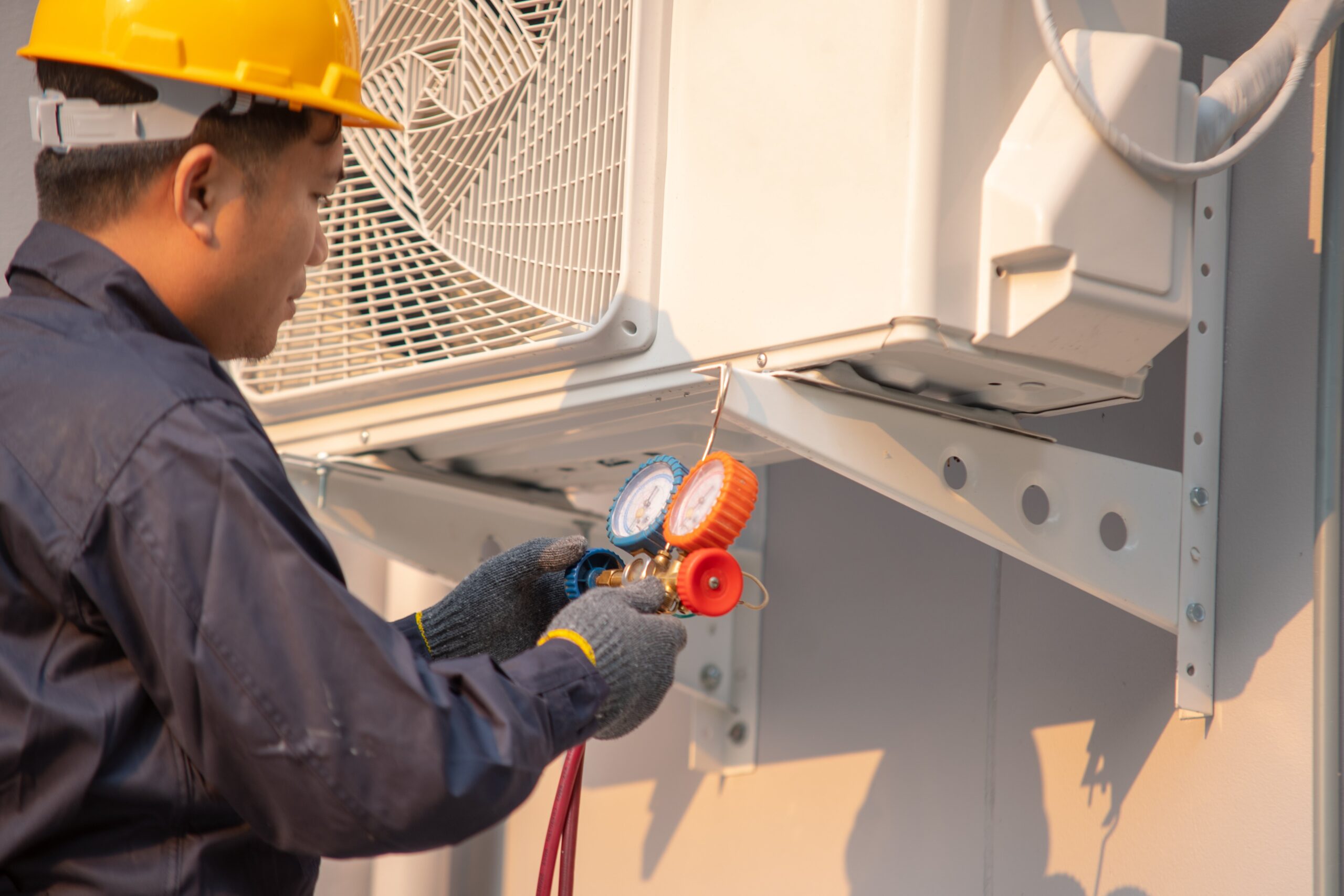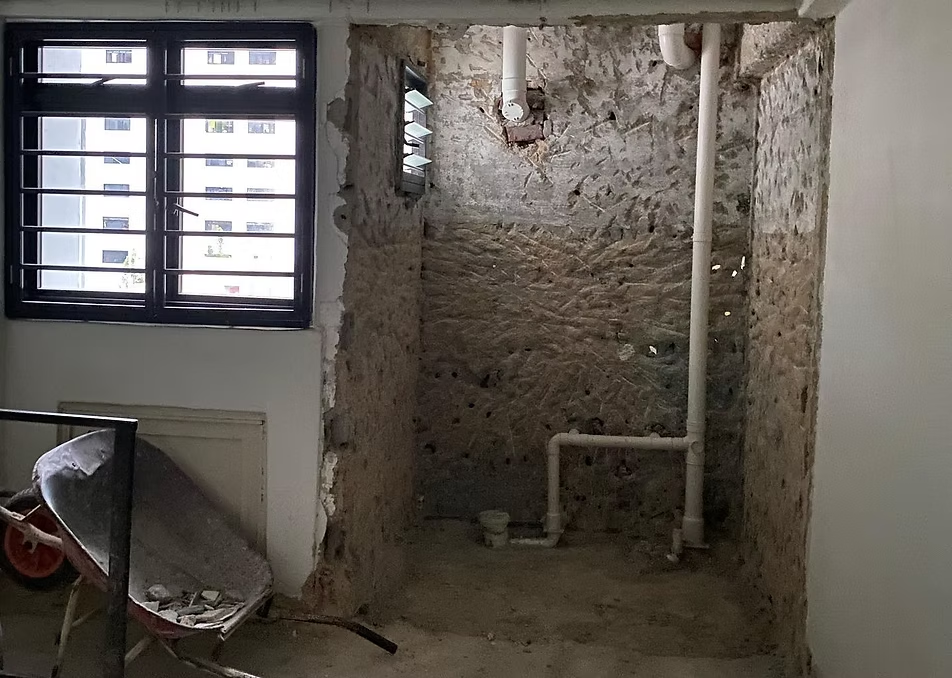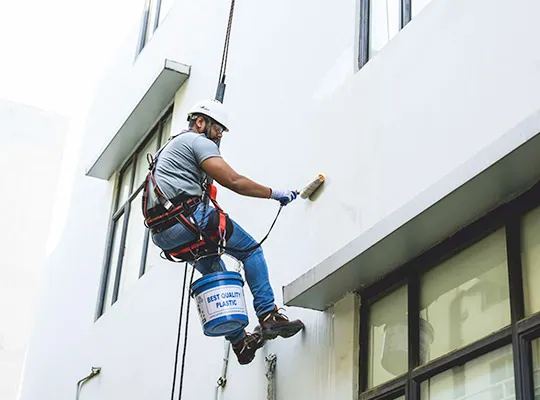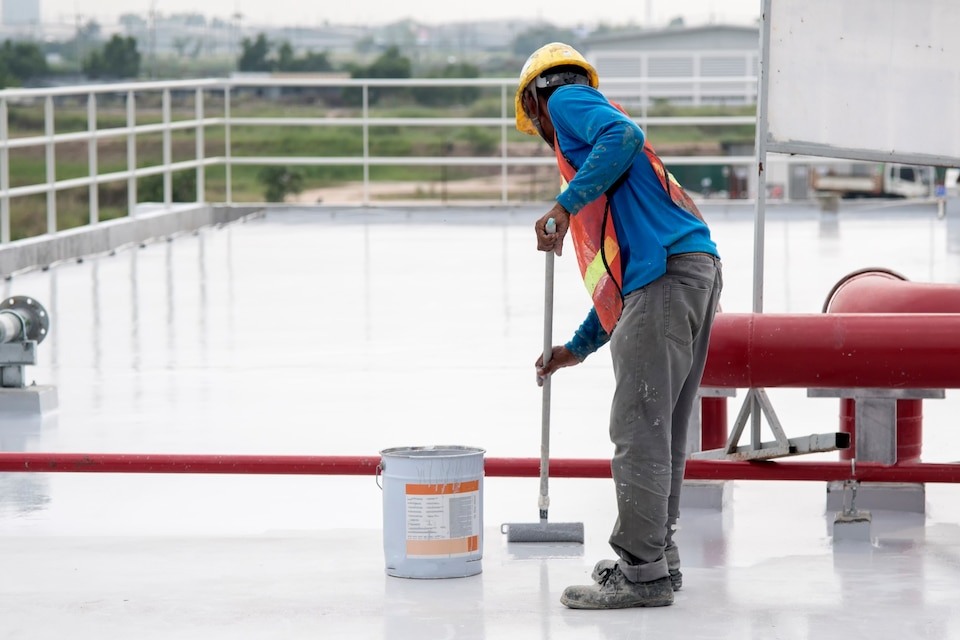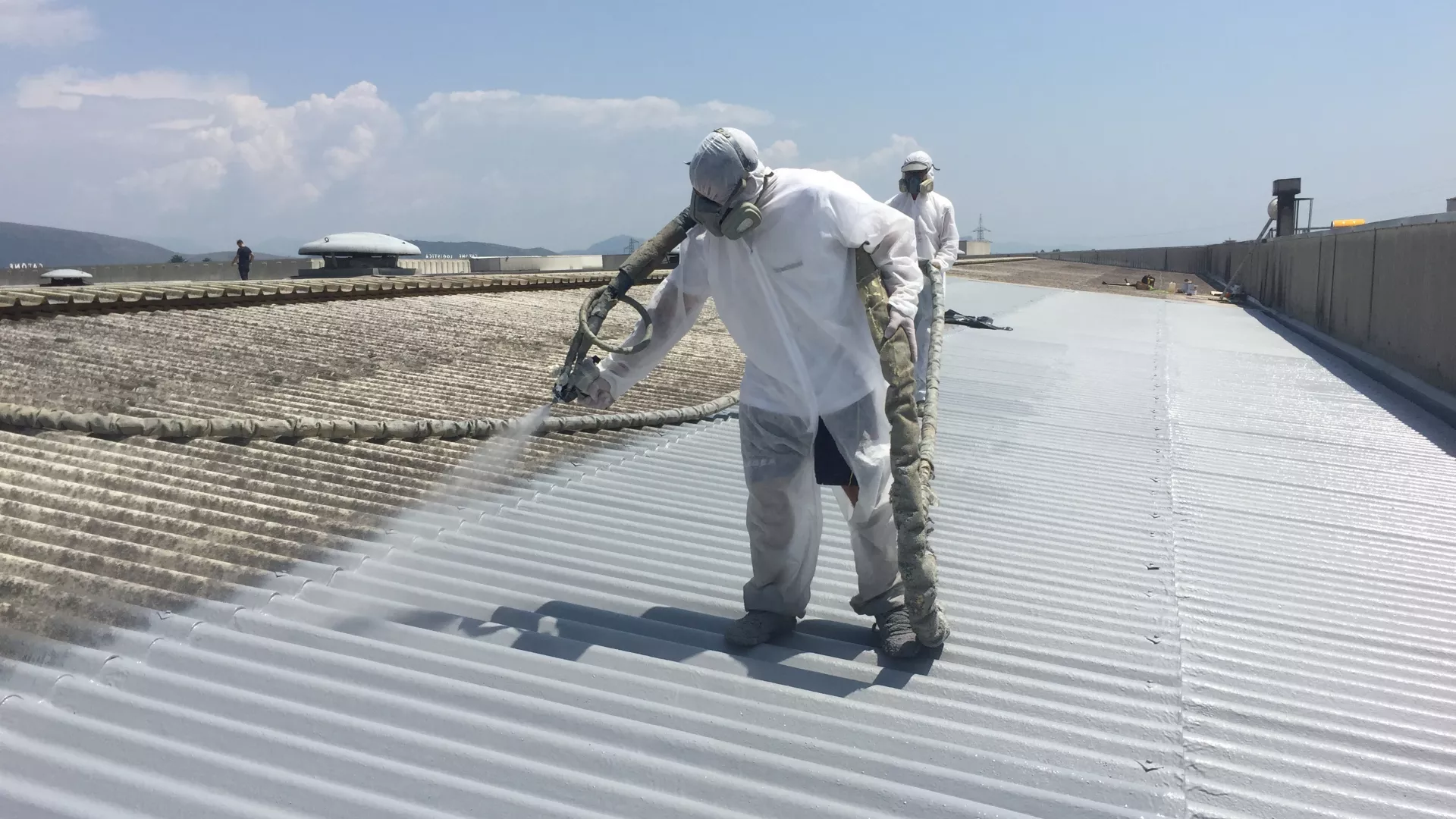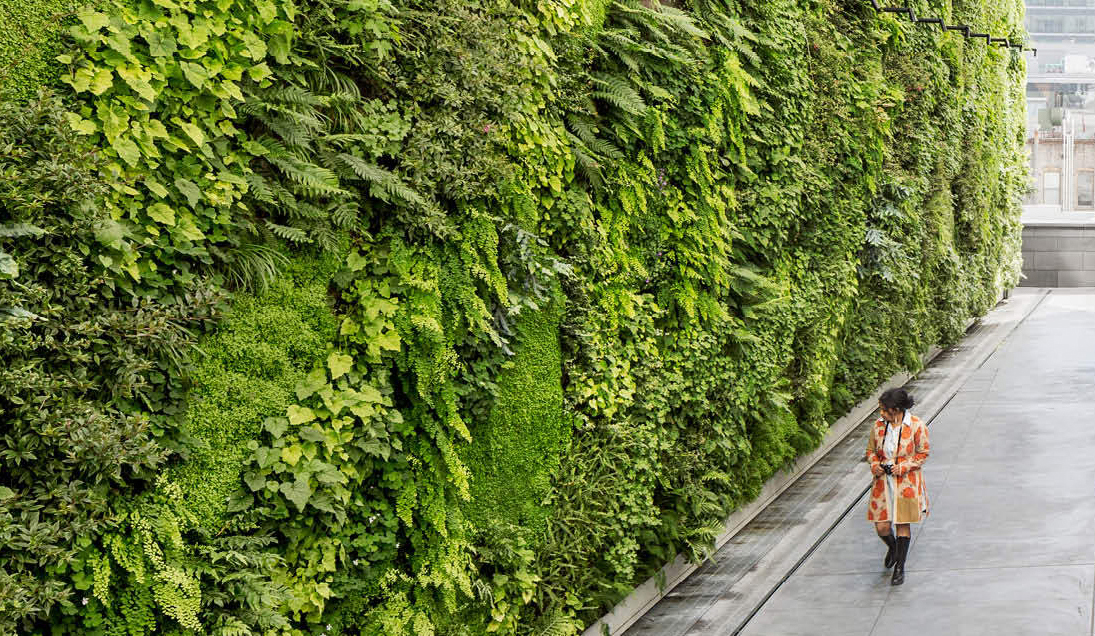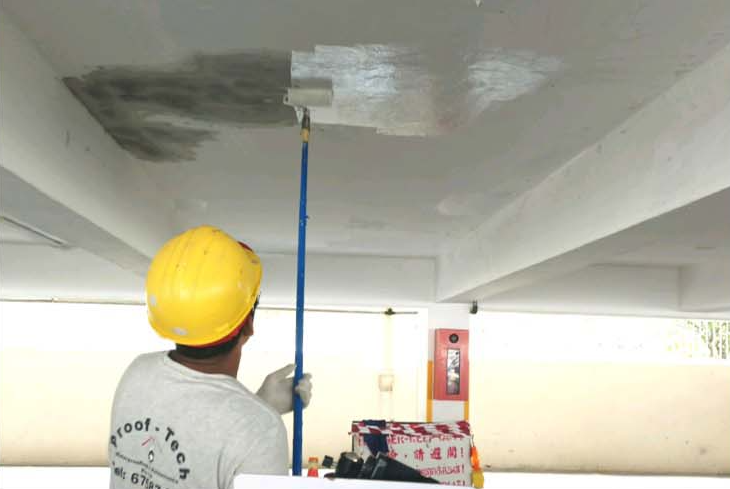In the bustling urban landscape of Metro Manila, the trend of incorporating artificial plants into indoor spaces is on the rise. These faux botanical beauties offer an appealing solution to the challenges of urban gardening and interior decoration. However, amidst their growing popularity, it’s crucial to consider the environmental implications of opting for artificial over natural. Let’s delve into the environmental impact of artificial plants in Metro Manila and explore sustainable alternatives for greener living.
Section 1: The Appeal of Artificial Plants
Artificial plants have gained popularity in Metro Manila for several reasons. First and foremost, they require minimal maintenance, making them ideal for busy urban dwellers who may not have the time or expertise to care for live plants. Additionally, artificial plants offer year-round greenery without the need for natural light, making them suitable for indoor spaces with limited sunlight. Their durability and resistance to pests and diseases further contribute to their appeal, ensuring long-lasting beauty without the hassle of upkeep.
Section 2: Environmental Concerns
While artificial plants may seem like a convenient solution, their production and disposal come with environmental consequences. The manufacturing process of artificial plants typically involves the use of non-biodegradable materials such as plastics and synthetic fibers, which have a significant carbon footprint. Furthermore, the transportation of these products from manufacturing facilities to retail outlets adds to their environmental impact, contributing to greenhouse gas emissions and pollution.
Section 3: Natural vs. Artificial: A Comparison
To better understand the environmental impact of artificial plants, let’s compare them to their natural counterparts. Natural plants play a vital role in environmental sustainability by absorbing carbon dioxide, releasing oxygen, and improving air quality. They also support biodiversity by providing habitat and food for various species. Additionally, natural plants help mitigate the urban heat island effect by providing shade and reducing surface temperatures.
Section 4: Sustainable Alternatives
Despite the allure of artificial plants, there are sustainable alternatives that promote environmental stewardship. Indoor gardening with real plants not only enhances indoor air quality but also fosters a deeper connection to nature. Additionally, opting for locally sourced and sustainably grown plants reduces carbon emissions associated with transportation and supports local economies. For those who prefer artificial greenery, choosing products made from recycled materials or biodegradable components can help minimize environmental impact.
Takeaway
As we strive to create greener and more sustainable living spaces in Metro Manila, it’s essential to consider the environmental impact of our choices, including the use of artificial plants. While artificial plants offer convenience and aesthetic appeal, they come with environmental consequences that cannot be ignored. By opting for sustainable alternatives such as indoor gardening with real plants or choosing eco-friendly artificial options, we can reduce our carbon footprint and contribute to a healthier planet.
Experience the difference with Inno + Motiff Corporation Philippines – your trusted partner for artificial plants in Metro Manila. Elevate your environment with ease using artificial plant Metro Manila!

